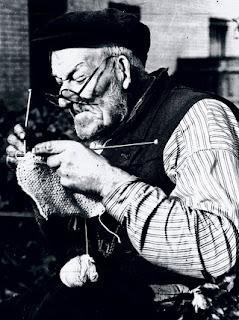Another area of difference that is obvious between men and women are shoes. There is quite a stereotypical difference between the look and build of mens and women's shoes partially to do with gender roles and how that influences the purpose of the shoe.
Types of mens Shoe:
 |
| Dress |
 |
| Casual |
 |
| Althetic |
 |
| Work / Boot |
Types of Women's Shoes:
 |
| Casual |
 |
| Flats/ Pumps |
 |
| Wedges |
 |
| Stiletto |
What I notice from the shoes is that the mens seem to be more focused for function whereas the women's are more to exaggerate appearance. As I mentioned before I think this is something to do with gender roles in the past where men went out and worked whereas women stayed at home, this mean that shoes would have to benefit them and be suitable for the roles. I also notice that the mens shoes are much more bulky in general compared to the women's shoes, this may be due to the functionality but I also think this may be partly to do with reflection of traits. Men would like to show their strength, protection, and breadwinning skills, so they may be more inclined to wear shoes that do so. For example the mens dress shoe, though not particularly bulky, are well built and give the impression of a businessman and luxury, showing that they can be providers.
The women's shoes seem to be about making the women look good, though this may not be their intention when buying/wearing them, that was probably what the original design was meant for. The heels are something very distinctive to women's shoes, the odd cuban heel or platform shoe in the mens shoe world doesn't come close the the vast dominance of the feminine heel.
I think that it would be quite interesting to look at the idea of swapping the distinct shoe styles. For example, making stilettos from thick leather with steel toe caps like the mens work boots and then making a version of those boots in a very feminine way, with lace and flowery decoration etc. This would be a way of challenging the difference of masculine and feminine and the fusion of the two in an obscure way but with familiar objects.
Sources:
http://www.psychologytoday.com/blog/the-media-zone/201104/when-women-pimp-themselves-their-shoes






































